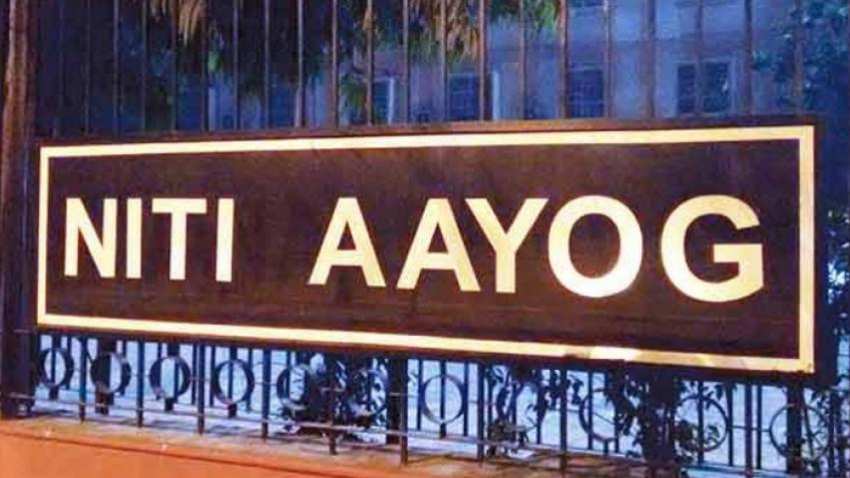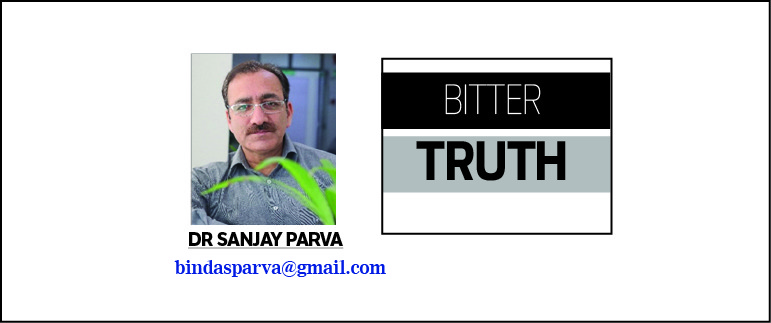Three instances point to a crisis in Kashmir—the death of two militants Zubair Ahmed Turay and Rouf Khanday in Shopian and Aanantnag, respectively on 1 April; and Junaid, the son of Ashraf Sehrai the new chief of Tehreek-e-Hurriyat (TeH) taking up arms days after the father replaced Syed Ali Shah Geelani. Each one demonstrates that moderating influences on Kashmiri youth are lacking today.
I first heard of Zubair in December 2016. Some local residents of Shopian had gathered at the Dak Bungalow for a discussion with members of the Yashwant Sinha-led Concerned Citizens’s Group. Towards the end of the meeting, a bearded old man with an emotionless face and blank eyes began speaking haltingly.
“My son Zubair Ahmed Turay has 19 FIRs against him and has been arrested eight times under the Public Safety Act (PSA). The first FIR against him was when he was 11 years old. He has been in and out of jail since then. He is 23 now. Each time a court quashes a case against him, he is re-arrested under another PSA charge. Tell me what I should do?” Bashir Ahmed Turay asked. On May 1, 2017, Zubair escaped from illegal police custody after yet another case against him had been quashed by the High Court. He joined the Hizbul Mujahideen. Eleven months on, he was shot dead with six other militants.
Zubair, an inveterate stone-pelter, had been a victim of revolving-door-detentions. Using PSA allows detention up to a year without trial. However, victims are released for a few minutes before the year ends and rearrested under the same law. Zubair had cut his teeth in the 2009 Shopian agitation against the twin rape-and-murder case. He was a good organiser and more aggressive than others. He did not listen to anyone and the local elders refused to “guarantee his good behaviour” to get him released from custody.
The second case involves 21-year-old Rouf, shot dead in Anantnag. He was holed up in a house with another militant whom the police convinced to surrender. Rouf’s parents were brought to the site to persuade him to surrender. When persuasion by both parents failed, the mother made a second bid, going in alone. Rouf did not budge and she came out crying. He was killed within hours.
The third case is of Junaid. Exactly a week after Sehrai took over as TeH head, Junaid, an MBA, joined Hizbul Mujahideen—the first progeny of any Hurriyat leader taking up arms. Sehrai expressed no remorse. He accepted political violence, saying, “Both the gun and our political struggle are important.”
There was a time when Syed Ali Shah Geelani would claim that the Kashmir movement was peaceful. Today, no Hurriyat leader condemns violence unequivocally. However, those Kashmiris who have seen militancy in the late 1980s and in the 1990s are worried about the worsening crisis.
Several factors have contributed to the present situation. They range from a persistent absence of dialogue; lack of democratic space for peaceful public protests, stone-pelting by youngsters, police retaliation with pellet guns that blind people; revolving-door-arrests under the PSA and the use of military force to curb militancy.
The net result of all this is that youngsters in Kashmir have got accustomed to daily violence. Bereft of any experience of normalcy, they are emotionally inclined towards militancy. Their glorification of armed militants with their inevitably short lives is not inspired from across the border, but by local militant icons.
They are no longer amenable to advice from their parents, family, community elders, teachers or even religious leaders. No one is able to talk freely in an atmosphere charged with suspicion of what the other person thinks. In the absence of public debate, there is no way of predicting how youngsters think or how they will act. The only relationship the State has with them is through the security forces. And the State’s dilemma perhaps is that if it loosens its grip, then there is no knowing how many will pick up the gun. The situation is particularly acute in Shopian and Anantnag in South Kashmir.
Earlier, there was hope from Indian civil society and mainstream Indian intellectuals. However, even they have failed the Kashmiris under the current political dispensation in Delhi.
- The writer is a journalist based in Delhi. Source: outlookindia.com




